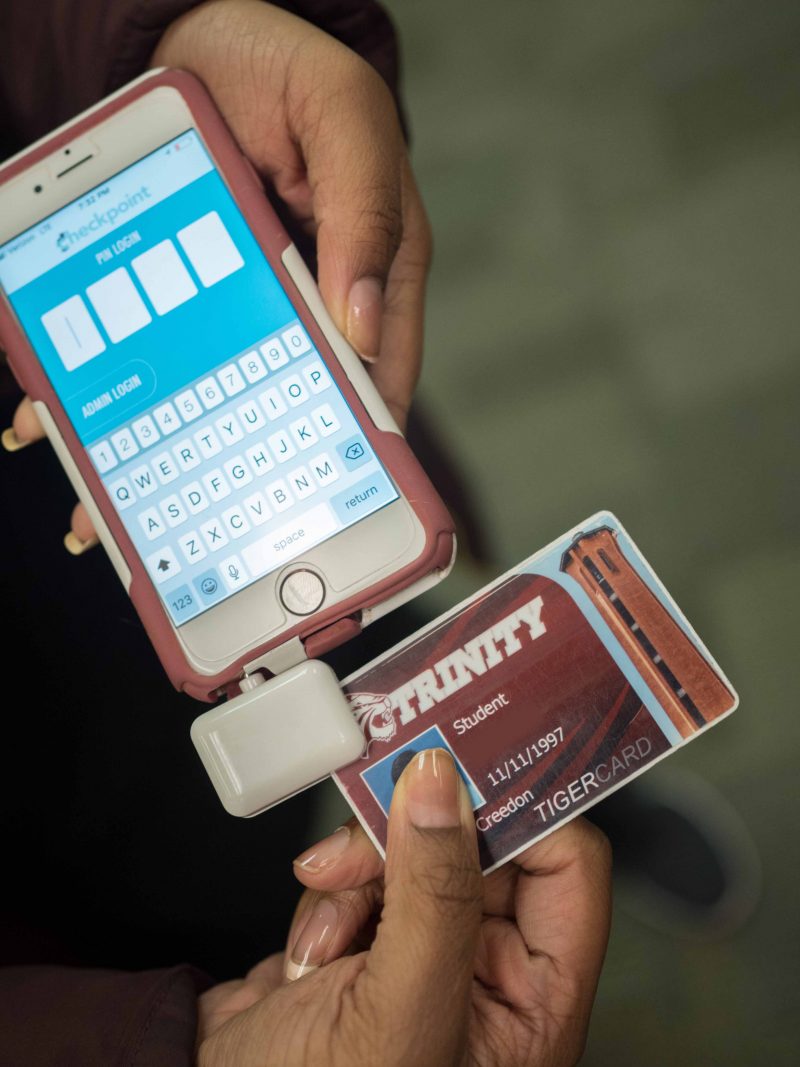Student organizations now have access to register potential and current members on a new software system known as Presence,
Presence, a program intended to help students manage their organizations more easily and engage with a broader audience. After opening the program in December, presidents were required to complete registration by Jan. 2.
“Presence is a platform that allows you to track attendance at events and to swipe people in in an easy and efficient way. It’s also a way for organizations to create a page or create events to increase the level of promotion for the things they do on or off campus,” said Jeremy Allen, assistant director for fraternity and sorority life. “We hope it’s a really effective way of bringing students and organizations together … Hopefully it can become a one-stop shop for students looking to get involved.”
After going through a trial period, all registered student organizations (RSOs) are now mandated to use the software.
“We did a phase one roll-out with just university-sponsored organizations [USOs] in the fall and allowed students to swipe into some of their events. We use it for Milk and Cookies sometimes,” said Shannon Edmond, coordinator for student programs. “Then, October [through] December, we were really getting it ready for all student organizations on campus.”
After completing the registration, all active organizations may be found on the Presence website,
allowing for easy access to club meeting times and contact information for officers.
“Students can break up [events] by category, by food, by lecture — the possibilities are endless,” Edmond said. “The number one goal is to get students engaged in a way that we haven’t before on campus.”
One of the ways Presence may make this easier is by adding the option for students to swipe into events and meetings using their Tiger Cards, eliminating the need for sign-in sheets. Once swiped, student information goes directly to an online roster.
“It allows presidents to have assessment and data points,” Edmond said. “Organizations can swipe students into their events or programs and get some demographic information off of that, so they’re able to see how many sophomores are coming, compared to juniors and seniors.”
Many organization leaders and coordinators already see potential for the software, including Allen.
“For standards, X percentage of the group has to be there to get credit, so this would be a really easy way to track it,” Allen said. “Greek Council is going to start the trial period for adding events and checking people into them. For example, when we have a speaker in the spring, we might try to use Presence to see who’s coming.”
However, several organization leaders have concerns with the new system and its accessibility, such as Evan Johnson, sophomore environmental science major, who went through the training for his social fraternity, Iota Chi Rho.
“It’s alright in my opinion. I’m not sure how useful it is overall. I know it’s new, and I think the only reason I knew about it is because I had to go to the session . . . I tried to do it on the mobile app, but it was totally offline; I couldn’t get to the place I needed to go on it,” Johnson said. “I’d like to see it be used effectively.”
Other organization heads echoed these concerns. First-year political science major and president of Trinity University Forensics Society Claire Carlson found some of the aspects of the program unclear.
“There were little things I didn’t know needed to be done, like having 10 people on the roster; I thought that you could have less than that but that’s just something you should aim for,” Carlson said. “I think it’s sufficient to do what it needs to, but I find it kind of confusing.”
For those with additional concerns about the system, Edmond offers an online training to explain how to use the system in order for presidents to get more comfortable with the software. More information about the program can be found at trinity.presence.io








